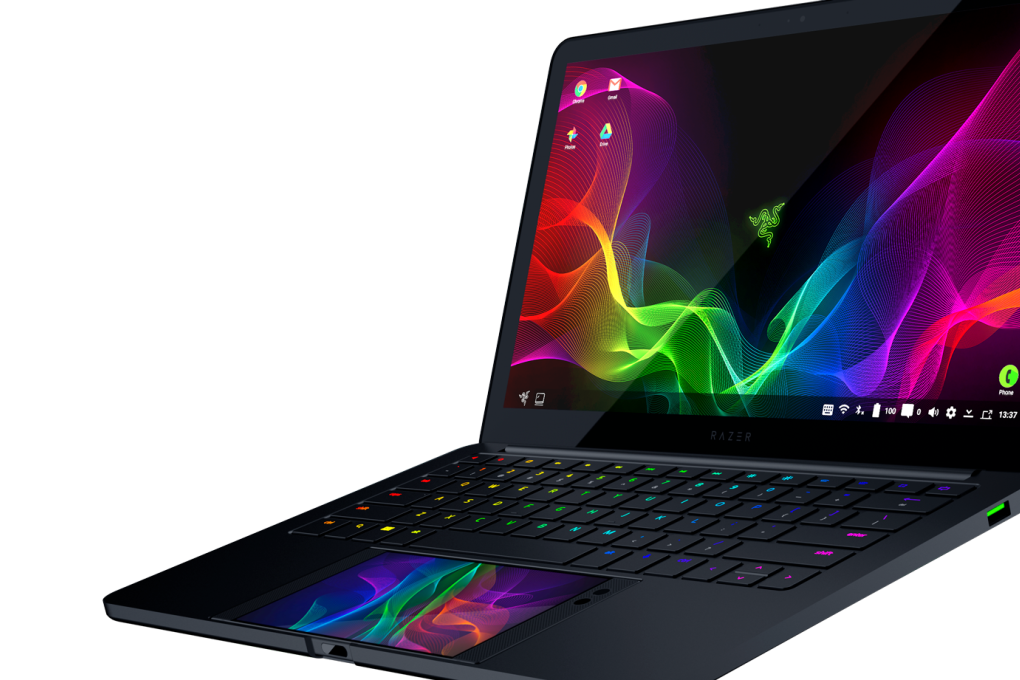Testing Razer’s smartphone-powered laptop
Five questions answered about Razer’s Project Linda

It’s effectively a laptop “shell” for the Razer Phone: You insert the phone into the laptop, allowing the handset to take advantage of a keyboard and a big screen. It’s not the first attempt to turn a smartphone into a desktop PC -- both Samsung and Microsoft have tried it -- but those were docks with ports to connect to a monitor and other devices. They were desktop experiences, while this is a self-contained device.
We got our hands on Project Linda in our offices last week to test it out -- and to see whether it lives up to the hype.
How does it work?
Connecting the Razer Phone to Project Linda is simple: The phone slides into a slot where you'd usually find the trackpad.
Push a special button on the keyboard and a USB-C connector slides into the smartphone, locking it in place.
The whole process happens quickly, with the app on the phone quickly appearing on the laptop’s screen instead. Almost everything is driven by the phone itself.
All of the games and apps, the operating system -- the whole thing is running on the Razer Phone, but you’re seeing it on Project Linda’s 13” screen.